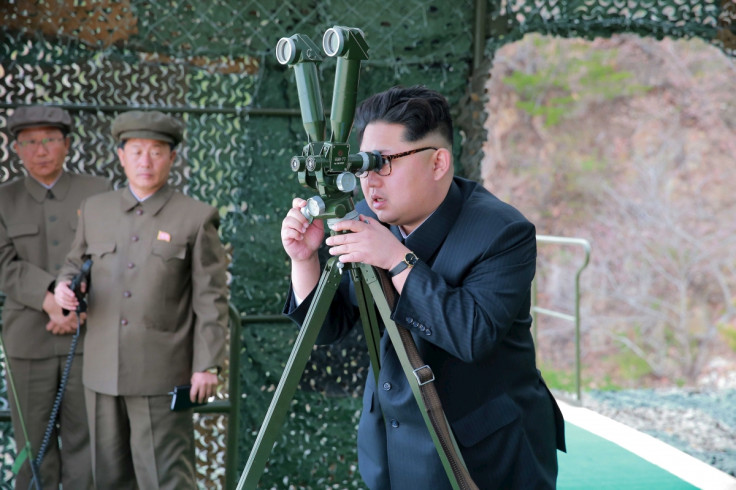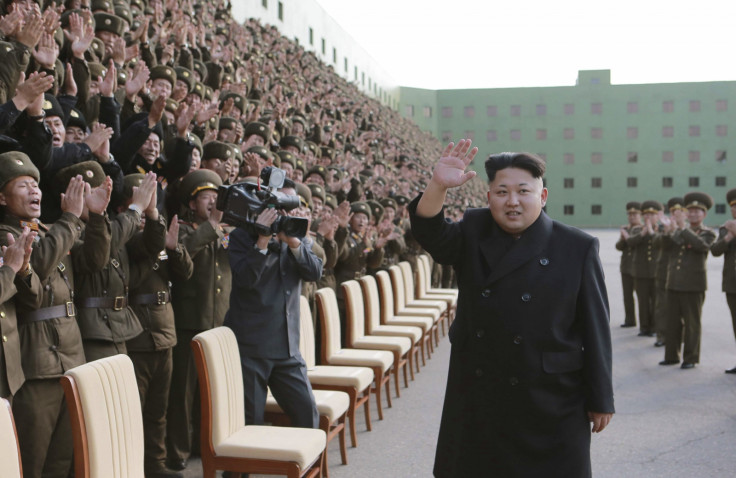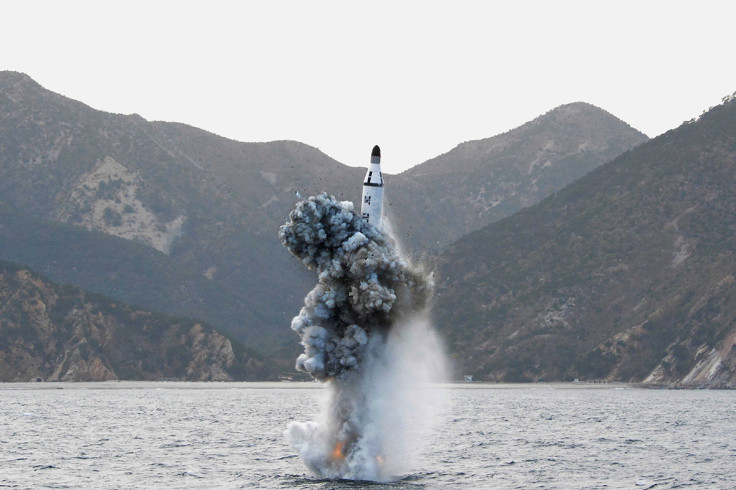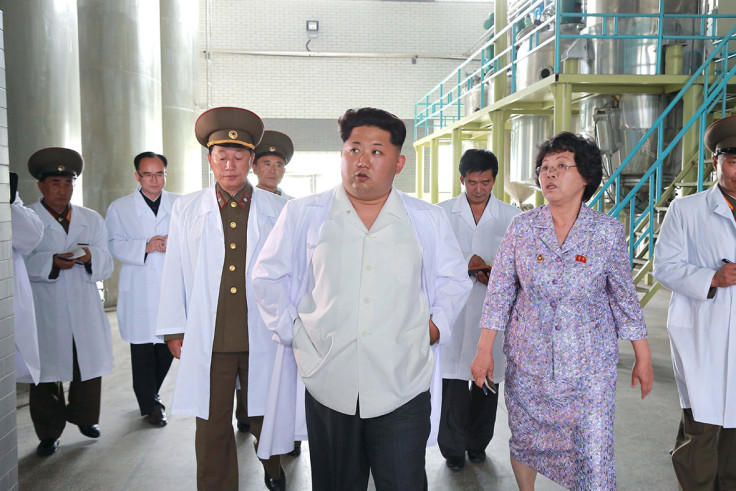North Korea war threat: Just how big is Kim Jong-un's arsenal of nuclear, chemical and biological weapons?
North Korea has a stockpile of nuclear weapons and is developing intercontinental ballistic missiles.
North Korea's unrelenting march under Kim Jong-un towards the development of intercontinental ballistic nuclear missiles that could reach the US is, analysts fear, not far from its catastrophic target.
Tensions on the Korean peninsula are escalating as the North accelerates its weapons testing. President Trump has upped US rhetoric against North Korea, accusing Kim Jong-un of acting "very, very badly". Trump has also said that a "red line" would be the testing of an intercontinental ballistic missile.
The US Secretary of State, Rex Tillerson, toured Asia to hold discussions on the North Korea issue, hoping to convince China to exert pressure on its ally to abandon its nuclear ambitions. Tillerson has warned that there would be no talks with North Korea until it gives up its nuclear capabilities.
"The policy of strategic patience has ended," Tillerson told reporters in Seoul, South Korea. He said "all options are on the table" for the US, suggesting a military move would be taken against North Korea if its actions threatened American or South Korean forces.
"The past 12 months have seen a remarkable surge in North Korea's capabilities," wrote Mark Fitzpatrick, executive director of the Americas branch of the International Institute for Strategic Studies (IISS), referring to the recent high-profile weapons tests. "It could soon get much worse."
Fitzpatrick said North Korea's denuclearisation should still be the foreign policy goal, but warned that "it has become increasingly unlikely in the foreseeable future".
Though the country is not recognised as a nuclear state by the international community, since 2012 it has been enshrined in the North Korean constitution that the Stalinist country must be armed with the nuclear capability.

And in the five years since he took over from his late father Kim Jong-il, Kim Jong-un has shown little willingness to hold talks or row back on any of the hermit state's recent progress.
Intelligence on North Korea, which is an oppressive, secretive and isolationist country, is hard to come by. But from defectors, espionage, and its own propaganda, the rest of the world can piece together information that reveals the extent of North Korea's military capabilities.
Here's what we know about the country's arsenal and military might.
Conventional forces

According to recent IISS Military Balance reports, North Korea is believed to have around 1.2 million active members of its armed forces, dwarfing South Korea's 655,000, putting it in fourth place in the world. It has over 21,000 artillery pieces, 3,500 battle tanks, 72 submarines, more than 300 helicopters, and over 550 combat aircraft.
Nuclear weapons

North Korea has conducted four underground nuclear weapons tests in 2006, 2009, 2013 and lastly in January 2016, which it claimed was a hydrogen bomb, though experts were doubtful. It's thought to have short-range missiles already capable of carrying nuclear warheads, which could reach parts of South Korea.
But it's trying to develop a long-range intercontinental ballistic missile system capable of carrying nuclear warheads which can hit targets thousands of miles away, such as US cities. Its recent weapons tests, including a new high-powered rocket engine in September 2016, suggest this aspiration is getting closer to becoming reality.
Presently, North Korea has developed medium-range No-dong ballistic missiles, which can travel as far as 1,300km, and has tested its intermediate-range Musadan missiles, thought to be able to reach as far as 4,000km, putting South Korea and Japan within range, as well as the US military base at Guam. The regime is not thought to have yet developed medium-range missiles capable of carrying nuclear warheads.
It has also tested submarine-launched ballistic missiles, named KN-11, as well as the use of solid fuels in its rockets, which would make their launch much quicker. And it has sent satellites into space with its rockets, the development of which could bring about intercontinental ballistic missile capabilities. When it does, there's already a nuclear stockpile it can arm them with.
"Nobody knows for sure, but 8 to 10 plutonium-based nuclear weapons is a common estimate of the size of North Korea's nuclear stockpile," says a briefing document from the British parliament. "Some analysts have suggested that it may also have a small number of Highly Enriched Uranium (HEU)-based weapons."
Within the near future, North Korea may well try to test a nuclear-armed missile to demonstrate its advances.
Chemical and biological weapons

The IISS estimated in 2011 that North Korea had a stockpile of between 2,500 and 5,000 tonnes of chemical agents, such as sarin. It also includes a substantial quantity of the nerve agent VX recently used to assassinate Kim Jong-nam, the North Korean leader's exiled older brother, at Kuala Lumpur airport.
The country is believed by the South Korean government to have 11 facilities to make and store thousands of tonnes of chemical agents a year, though the continuing effectiveness of its existing stockpiles of chemical agents is unclear.
Not much is known about North Korea's biological weapon capability, but it is thought to at least have the facilities and technology to develop and weaponise the likes of anthrax and other toxins.
© Copyright IBTimes 2025. All rights reserved.






















